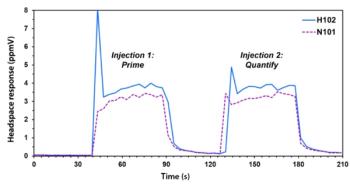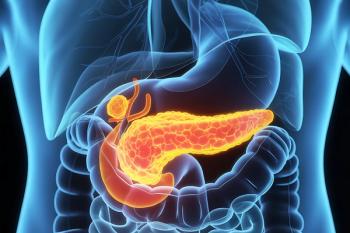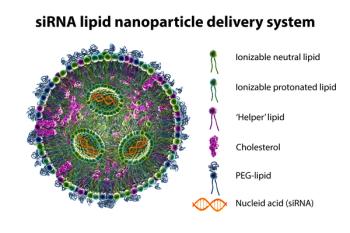
Analytical Techniques in the Wine Industry
The Montreal Gazette published an article about the use of analytical techniques in the wine industry. The author discusses the difference between "natural" wines and "industrial" wines that are created with a certain taste profile in mind and with the assistance of gas chromatography.
The Montreal Gazette published an
While the author laments that analytical techniques take away the unique, regional flavors of traditional wines, we are more interested in the subtext of what he is saying: Chromatography and mass spectroscopy have helped the wine industry produce great tasting wines at affordable prices. And that is something that should make any and every analytical scientist in the food and beverage industry proud.
In a LCGC North America
Newsletter
Join the global community of analytical scientists who trust LCGC for insights on the latest techniques, trends, and expert solutions in chromatography.





